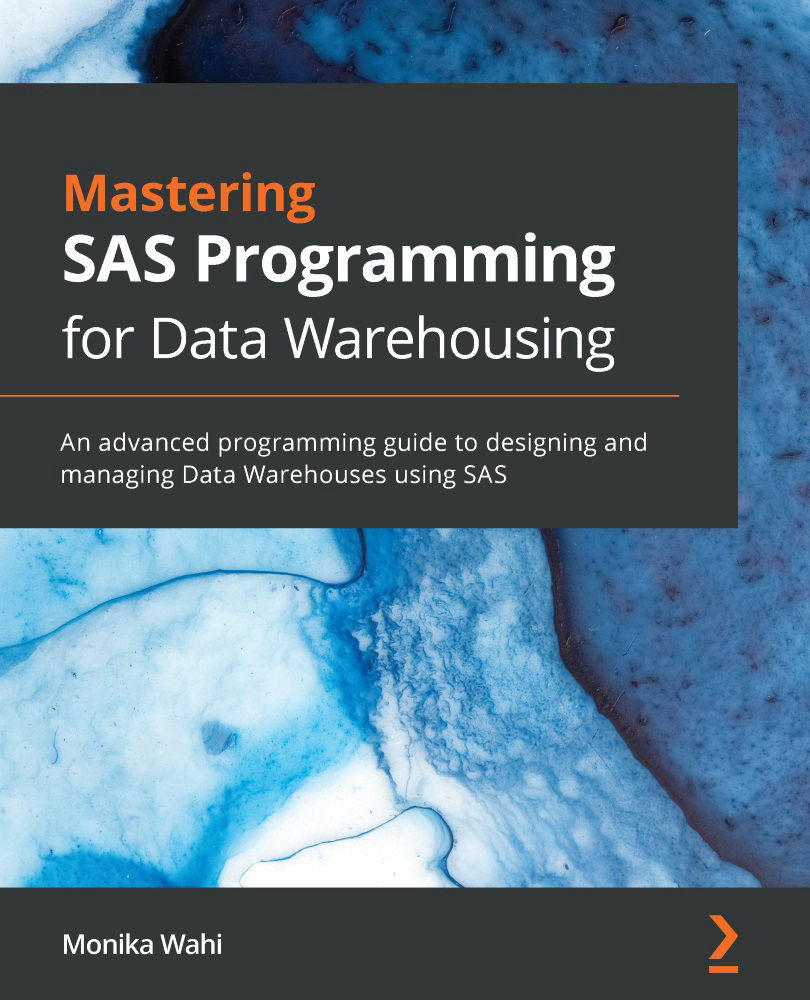Using the ODS for data files
SAS software development originally focused on data management and analysis. Exporting files such as graphics and internal datasets from the SAS environment was not originally envisioned. When it was established that SAS users needed some way of doing this, SAS developed the ODS.
This chapter will cover several ways in which the ODS can be used. One way in which the SAS ODS can be used is to retrieve internal data files created when PROCs run. Each PROC produces a different set of internal tables that can be saved outside of the PROC using the ODS so they can be queried later. Here, we will use PROC UNIVARIATE to demonstrate identifying which internal tables are available to us through the ODS. Afterward, we will use the ODS to save one of the internal tables from PROC UNIVARIATE as a *.sas7bdat dataset so we can use it in future data processing. We will practice by using some PROCs in Base SAS, which is the base component of SAS.
Note
Base SAS...


































































